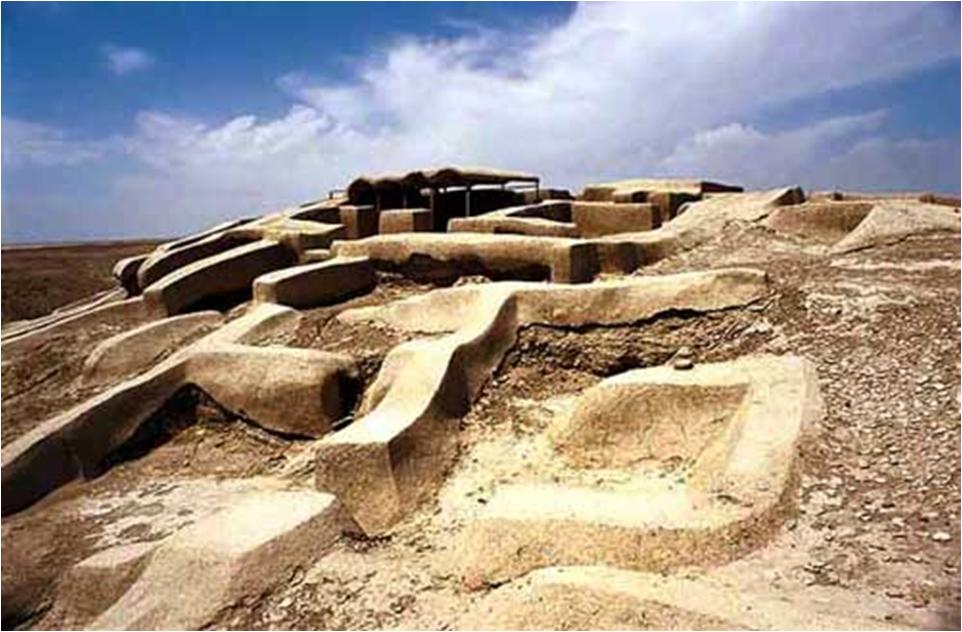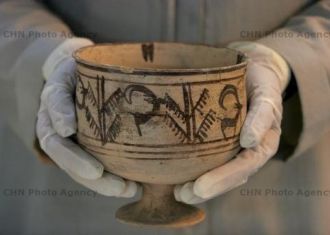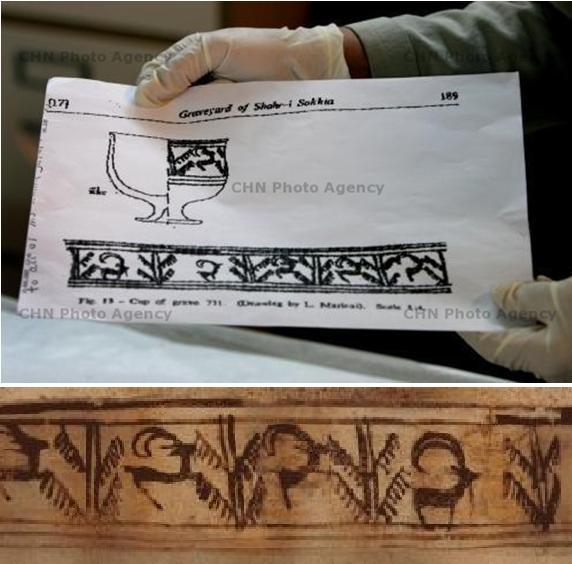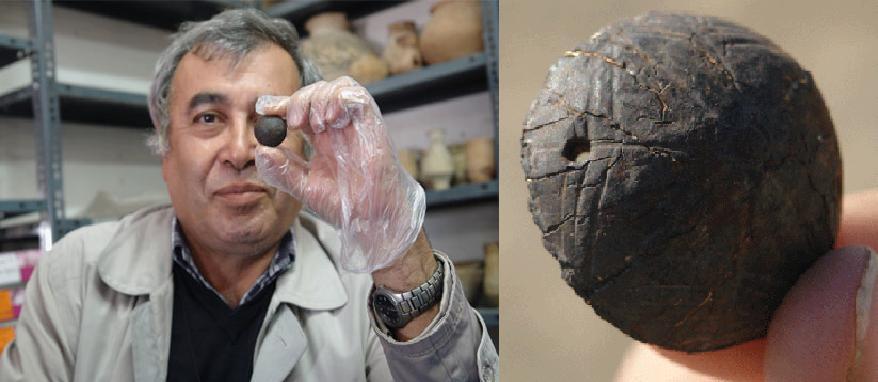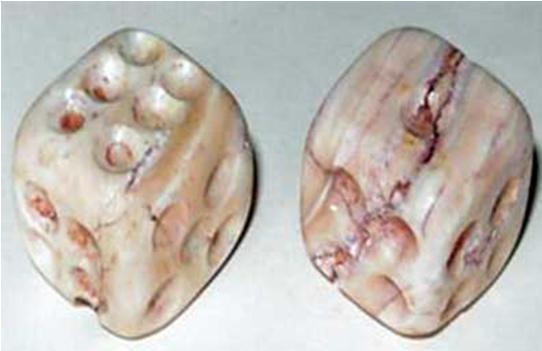Shahr-e Sookhteh (lit. Burnt City) is one of Iran’s most important archaeological sites dating to the Bronze Age. Located near Zahedan, Seistan-Baluchistan in southeast Iran, Shahr-e Sookhteh was first excavated in 1915.
Shahr-e Sookhteh is an urban settlement which can be traced to four eras of civilization on the Iranian plateau.The settlemtn has yielded its own unique brands of architecture, arts and technologies, and provide much insight into the antiquity of Iranian civilization.
Remains of the Shahr-e Sookhteh (lit. Burnt City). Recognized as the largest Bronze Age site in the Middle East, the entire environs of the site measure at 150 hectares. Shahr-e Sookhteh was founded around 5000 years ago (circa 3200 BC) and was first destroyed in 2100 BC. During the course of its approximately 1100-year existence, Shahr-e-Sookhteh has given rise to four distinct civilizations.
Iranian archaeologist Dr. Mansour Seyed Sajjadi (who has researched Shahr -e Sookhteh for years) noted in an interview with the Tehran Times on March 1, 2012 that:
“With every step that we took the soil under our feet moved aside, revealing more fragments of clay works. We were told that after each rain the earth is washed away causing more fragments come to the surface, where they can be easily found by the excavation team. The moment we touched the clay fragments that were buried under the soil we got a strange feeling that reminded us of our Oriental background and this feeling made us search for our lost identity within the Burnt City“
One of the most interesting discoveries at the site has been a 5000 year old goblet which bears the world’s first animation sequence. The animation depicts a goat jumping towards a tree to eat its leaves.
Goblet with painting depicting a jumping goat (Source: Tehran Times). The Farmes can then seen in a “film fashion” when placed on a rotating turntable. This concpet was developed over 5000 years ago in the Shahr e Sokhteh, long before the advent of cinematography by the early 20th century.
The goblet is the first evidence of the human conception of image frames being connected together to produce an animation sequence. It is possible that a manual turntable was used to rotate the goblet to “animate” the frames.
Animation sequence of the 5000 year old Goblet of Shahr e Sookhteh. There have been numeous finds at Shahr e Sookhteh such as the discovery of the world’s first artificial eye (see below): (RIGHT) Iranian researcher examining the artifical eye found at Shahr e Sookhteh – further tests are being conducted in Iran to determine the exact chemical composition of the prosthetic (LEFT) A curious feature of the “eye” are parallel lines that have been drawn around the pupil to form a diamond shape …READ MORE… Other discoveries include the excavation of the most ancient known version the backgammon game (see below) Ancient dice discovered at the Burnt-City. At present, experts are (a) attempting to determine why the game was played with sixty pieces and (b) working to decode the rules of the game. Iranians call Backgammon “Takht-e Nard”…READ MORE…see also more pictures by clicking here…

